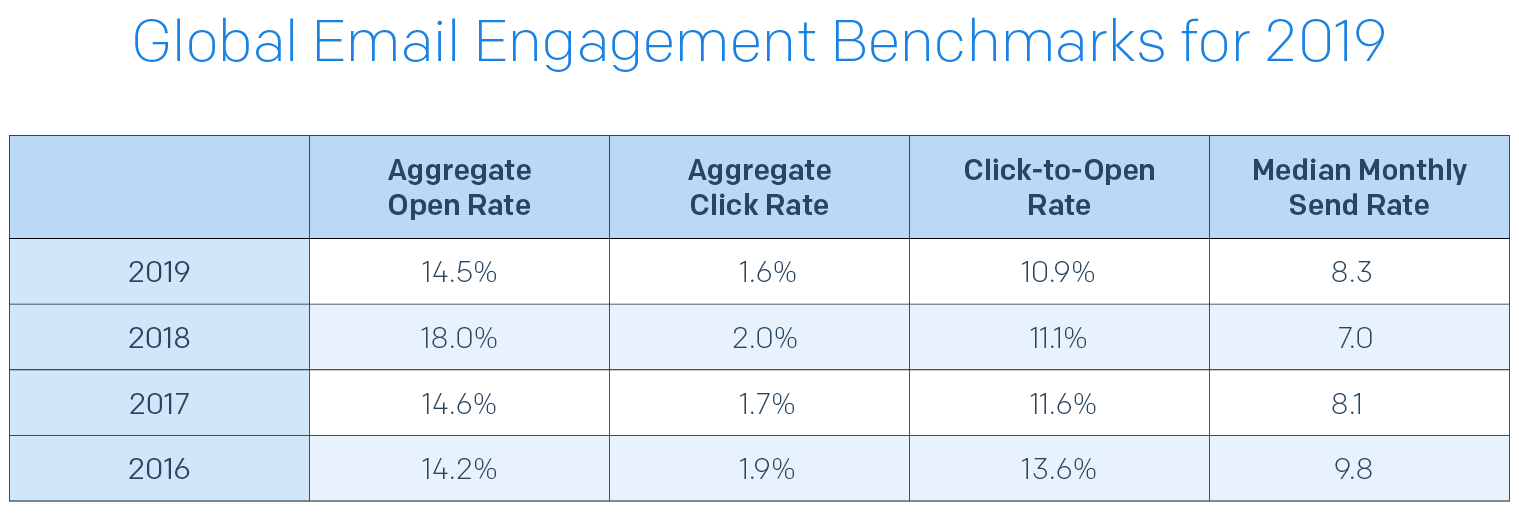As we’re getting ready for SIGNAL 2020 (now September 30th - October 1st), we’re reviewing our favorite content from SIGNAL 2019.
In one of the sessions, our email experts discussed how you can build a world-class contact database. You can watch the recorded session below with Twilio SendGrid’s Becca Weiss, Manager of Implementation, and Ellie Johnson, Marketing Operations Manager. Or, keep reading for the main takeaways on how you can build a top-notch contact database.
https://www.youtube.com/watch?v=xcQZyupEHOI&feature=youtu.be
Building a world-class contact database is pretty straightforward, but it does take patience, consistent management, and keeping your recipients’ best interest in mind.
There are 3 steps to building a successful contact database:
- Follow email collection and sending best practices
- Keep your contacts engaged
- Know when it’s time to say goodbye
We’ll dive into each of these steps in this article, and go over frequent contact database faux pas that land senders in trouble.
Not all lead sources are created equal. In fact, there are some that are disproportionately harmful to your email program. Here are a few examples of what not to do.
Purchase Lists: Never purchase contact lists. These contacts will not be familiar with your brand and will not engage. Many will mark your email as spam, which could lead to you getting deny listed. Purchased lists are also notorious for including spam traps, which ding your overall sending reputation.
Send without consent: You need permission to send email to your contacts. Your recipients should want to receive your email, not be automatically added to a list. Sending without permission frequently happens with:
- New account signups: Just because someone signs up for an account with you does not mean they want your marketing email. In the signup form include a checkbox that the recipient can mark whether or not they want to receive your marketing email.
- Unsubscribes: Don’t ignore unsubscribes! Not only does it send a message to the recipient that you don’t care about their decision, it makes it much more likely that the recipient will mark your email as spam.
Ignore GDPR (or other privacy laws): Know the location of your senders, so you can follow privacy laws. We recommend following the strictest law of the country you’re sending to. For example, Germany has very strict laws (more strict than GDPR), so for those who send mail to all of Europe, we suggest following Germany’s regulations for all recipients.
Focus on organic growth.
Organic growth is a much slower process, but it’s worth it to get high-quality recipients who are interested in your brand and choose to sign up for your emails.
To promote organic growth, try adding signup forms to your website. Do you have a newsletter, digest, or other informative content that the recipient can sign up for? At SendGrid, we have the Scoop customer newsletter as well as The Full Send digest, a roundup of our recently published blog posts.
To engage your contacts from the get-go, learn more about your recipients. In your signup form or confirmation email, consider including a question or 2 about the recipients’ location, interests, or email preferences. This will help you segment your contact list to send emails that are relevant and personalized.
Metrics are a tell-tale sign of whether or not your recipients are engaging with your content. Compare your open rate and click-through rate with the global benchmarks listed below and in our Email Benchmark Report.

In general, we’ve seen that senders with a lower frequency tend to have higher overall engagement. This doesn’t necessarily mean that you should stop sending your daily newsletter or multiple promotional emails a week, but if your open rates are low, it’s worth reconsidering your strategy.
Recipients’ inboxes are already so full, adding more to their inbox can make your brand a nuisance.
Use your engagement metrics to determine the best frequency for your emails. If you are sending every day and see your open rates steadily decline, it might be time to dial back your sending to every couple of days or once a week.
The average person receives 500 emails every month, and the likelihood that all of those emails are opened or desired is very slim. To keep your list clean, remove bounced addresses, spam reports, and unsubscribes, as well as recipients that haven’t engaged with your emails in a while.
We recommend either removing any email addresses that haven’t opened your emails in 6 months or sending a re-engagement campaign.
A re-engagement campaign gives recipients a chance to engage before they are removed from a list.
In your re-engagement campaign, you can provide options to adjust your sending preferences, downgrade, or unsubscribe. Here are a few examples:
- We’ve noticed you haven’t been opening our emails. Would you like to change your sending preferences?
- Are you still interested in receiving our emails? If not, click this link to unsubscribe.
- Not interested in our emails at the moment? No worries! Take a 30, 60, or 90-day break from our list.
In SendGrid’s re-engagement campaigns, we offer a 90-day break. We find that many of our unengaged recipients opt for that break and return as much more invested subscribers.
It’s not a bad thing for recipients to take a break or unsubscribe from your list. Unsubscribes ultimately help you learn more about what works for your email program, prevent spam reports, and focus on the recipients that love your brand.
If you follow the three steps outlined in this article, you’ll be well on your way to building a successful contact database. We know that’s easier said than done, so if you take anything from this article let it be these tips:
- Don’t purchase lists. It may increase your contact list in the short term but will damage your sending reputation and ultimately, hurt your email program.
- More email does not mean more engagement. Watch your frequency and engagement levels to make sure you’re not sending too much email.
- Remove your recipients after 6 months of no engagement. It’s time to clear out those contacts.
Interested in seeing what other content was presented at SIGNAL 2019? Here are a few of the highlights. Plus, get excited for SIGNAL 2020 by taking a look at our lineup.


 In general, we’ve seen that senders with a lower frequency tend to have higher overall engagement. This doesn’t necessarily mean that you should stop sending your daily newsletter or multiple promotional emails a week, but if your open rates are low, it’s worth reconsidering your strategy. Recipients’ inboxes are already so full, adding more to their inbox can make your brand a nuisance.
In general, we’ve seen that senders with a lower frequency tend to have higher overall engagement. This doesn’t necessarily mean that you should stop sending your daily newsletter or multiple promotional emails a week, but if your open rates are low, it’s worth reconsidering your strategy. Recipients’ inboxes are already so full, adding more to their inbox can make your brand a nuisance.